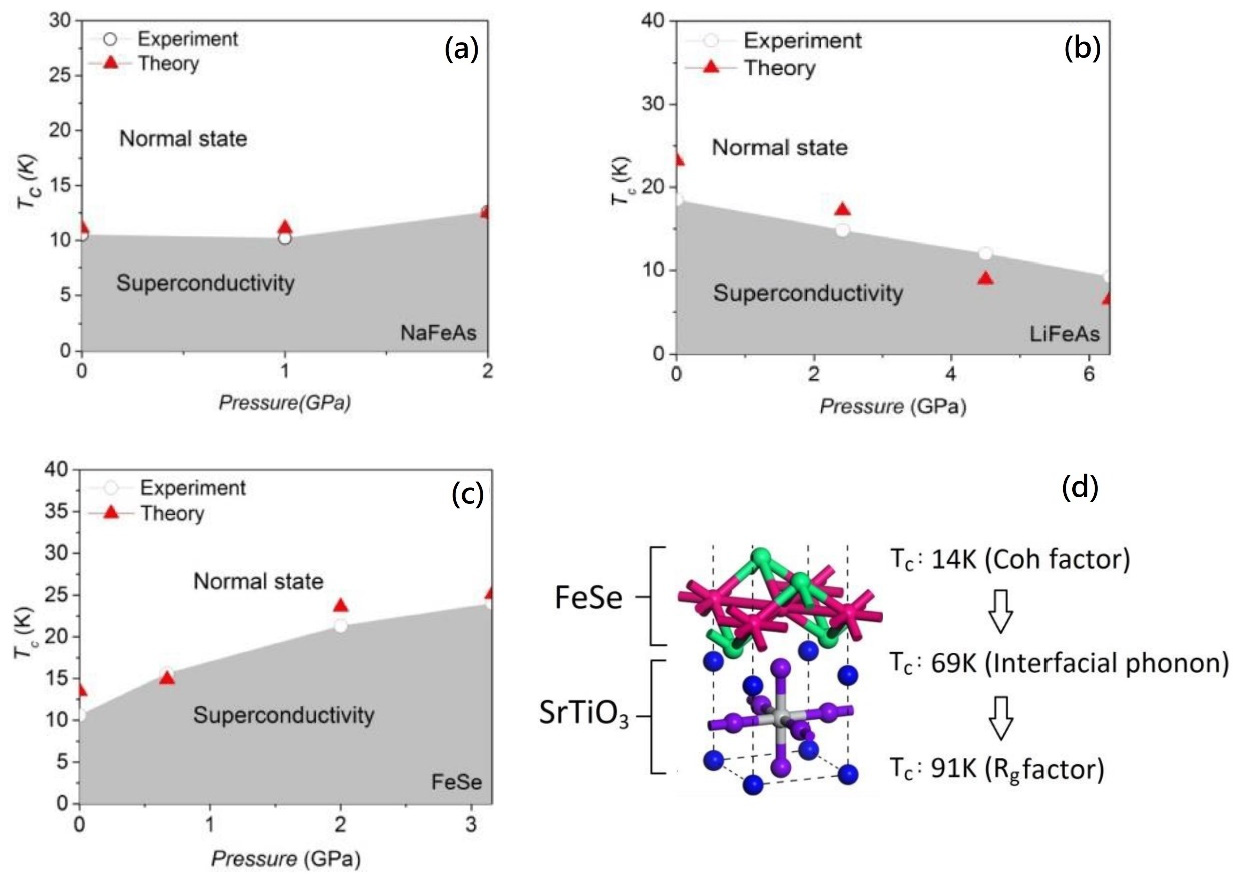
Journal Menu
► ▼ Journal Menu-
- Materials Home
- Aims & Scope
- Editorial Board
- Reviewer Board
- Topical Advisory Panel
- Instructions for Authors
- Special Issues
- Topics
- Sections & Collections
- Article Processing Charge
- Indexing & Archiving
- Editor’s Choice Articles
- Most Cited & Viewed
- Journal Statistics
- Journal History
- Journal Awards
- Society Collaborations
- Conferences
- Editorial Office
Journal Browser
► ▼ Journal BrowserNeed Help?
Announcements
27 July 2023
Materials | Exploring Possible Breakthroughs in Tc Calculations for 11-Type and 111-Type Iron-Based Superconductors
The following paper was published in Materials (ISSN: 1996-1944), providing possible breakthroughs regarding Tc calculations for 11-type and 111-type iron-based superconductors:
“Preliminary Tc Calculations for Iron-Based Superconductivity in NaFeAs, LiFeAs, FeSe and Nanostructured FeSe/SrTiO3 Superconductors”
by Chi Ho Wong and Rolf Lortz
Materials 2023, 16(13), 4674; https://doi.org/10.3390/ma16134674
Available online: https://www.mdpi.com/1996-1944/16/13/4674
Our model has successfully shown that when all relevant conduction electrons interact with local Fe moments in iron-based superconductors, the coexistence of superconductivity with local fluctuating antiferromagnetism together with the induced xy potential can lead to an enormous increase in the electron–phonon coupling, which is sufficient to predict the high Tc values in the studied iron-based superconductors. By applying the model to monolayered FeSe on a SrTiO3 substrate, we have concluded that the interfacial phonons are of major importance to explain the high-temperature superconductivity.

Figure 1. The theoretical and experimental Tc values of (a) NaFeAs, (b) LiFeAs and (c) FeSe are consistent. (d) A FeSe monolayered film is deposited on a SrTiO3 monolayer to form a composite. The offset in theoretical and experimental Tc is 100-91=9K only.
High-temperature superconductors are important because they allow for the development of more efficient and powerful technologies. They can be used to create devices with zero electrical resistance, enabling them to conduct electricity without any loss of energy. This makes them ideal for applications such as power transmission lines, magnetic levitation trains, and high-speed computing systems. High-temperature superconductors also have potential applications in medical imaging and quantum computing. One of the families of high-temperature superconductors, iron-based superconductors, has been an area of intense research since its discovery in 2008. The superconducting transition temperature observed in FeSe/SrTiO3 films has been found to be up to 100K. Despite significant advances in understanding the physical properties of these materials, no theoretical calculation of the superconducting transition temperature (Tc) of iron-based superconductors has been successful so far. This is mainly due to the complexity of the electronic structure and strong electron–electron correlations that are present in these materials. Nevertheless, a team of researchers (Prof. Chi Ho Wong1,2 and Prof. Rolf Lortz1) from the 1Department of Physics at the Hong Kong University of Science and Technology and the 2Department of Industrial and Systems Engineering at the Hong Kong Polytechnic University have developed a new model that can calculate the Tc of several iron-based superconductors (bulk FeSe, LiFeAs, NaFeAs and FeSe/SrTiO3 film) with good accuracy; the model was published in Materials. The model may make a significant contribution to the comprehension of superconductivity in iron-based materials.
Prof. Wong and Prof. Lortz have recently announced a major breakthrough in the Tc calculation of iron-based superconductors (IBSC) for bulk LiFeAs, NaFeAs, FeSe and FeSe/SrTiO3 film. Although antiferromagnetic-enhanced electron–phonon coupling on the Fermi surface cannot produce such high Tc values, they have created the two-channel model to call out the hidden induced xy potential originating from the out-of-plane phonon under antiferromagnetic fluctuations (abbreviated as the Coh factor), in order to refine the calculation of electron–phonon coupling. Furthermore, they have based their model on ARPES data to consider all relevant electrons participating in iron-based superconductivity (abbreviated as the ARPES factor) instead of solely focusing on the interactions at the Fermi level. In the experimental proof of ARPES, all the relevant electrons in the studied superconductors located in the energy range between EF-EDebye and EF are taken into consideration, with EF being the Fermi energy and EDebye being the Debye Energy. The ARPES factor and Coh factor have made a big step to reduce the discrepancy between theoretical and experimental Tc values of the aforementioned materials. This approach allows their model to reasonably predict the superconducting transition temperatures of bulk LiFeAs, NaFeAs, FeSe as a function of pressure in Figure 1a–c. However, the team was able to calculate the highest-Tc IBSC material, FeSe/SrTiO3 (~100K), only if the effect of interfacial phonon between FeSe and SrTiO3 is considered in Figure 1d, which connects phonons to iron-based superconductivity indirectly. The team is now upgrading the model by considering momentum dependence on the superconducting gap and spin-orbital coupling, etc., and checking whether the model is one of the missing puzzles in a unified theory of iron-based superconductors or not.




